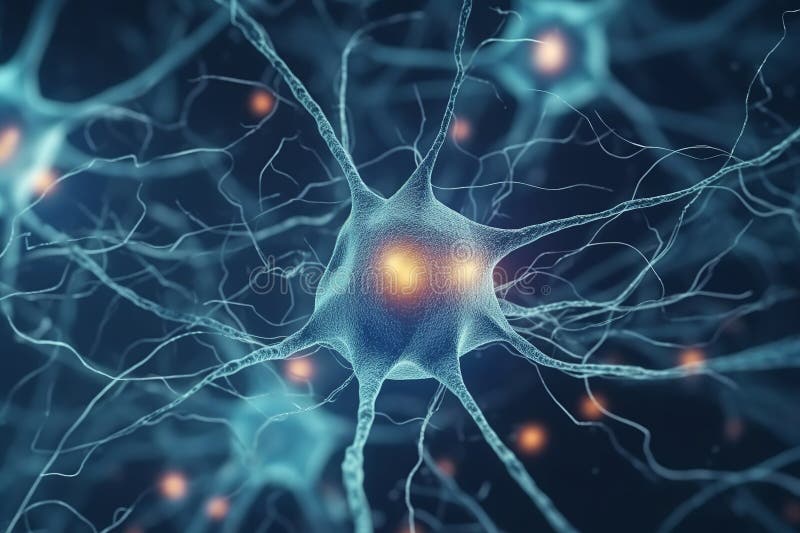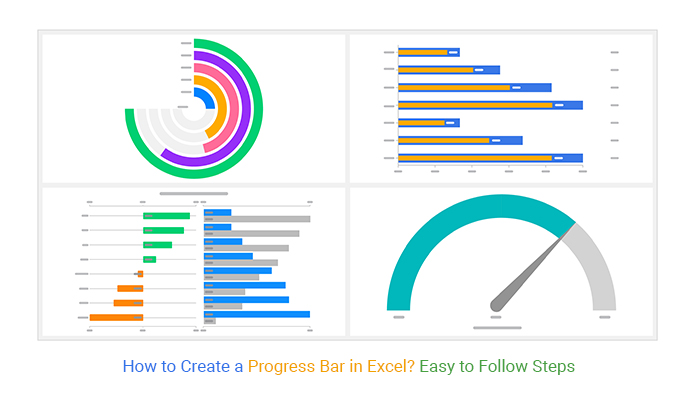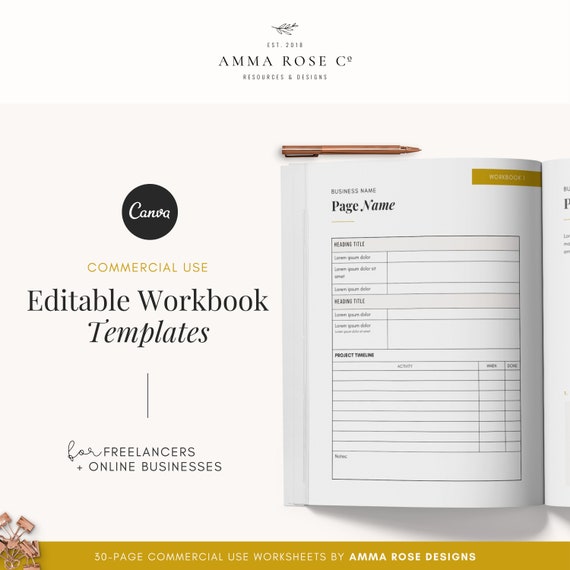Transforming Coaching Frameworks with Powerful Visual Elements
Discover how visual components can revolutionize your coaching methodology and client experience
Visual coaching frameworks transform abstract concepts into tangible experiences that resonate with clients on multiple levels. By incorporating strategic visual elements, coaches can dramatically improve engagement, retention, and overall coaching outcomes. This guide explores how to build effective visual coaching frameworks and leverage modern tools like PageOn.ai to enhance your coaching practice.
The Foundation of Visual Coaching Frameworks
Visual elements transform abstract coaching concepts into tangible learning experiences that clients can easily grasp and remember. When coaching frameworks incorporate visual components, they tap into the brain's natural ability to process visual information more efficiently than text alone.
The Psychological Impact of Visual Processing
Research consistently shows that visual information is processed 60,000 times faster than text, and people remember 80% of what they see compared to just 20% of what they read. This dramatic difference explains why visual presentation skills tools have become essential for effective coaching.
The key differences between text-only frameworks and visually-enhanced coaching systems include:
Text-Only Frameworks
- • Require more cognitive effort to process
- • Create fewer emotional connections
- • Often struggle with explaining complex relationships
- • Typically result in lower retention rates
Visual-Enhanced Frameworks
- • Processed faster and more intuitively
- • Create stronger emotional associations
- • Clarify complex relationships through spatial organization
- • Dramatically improve retention and implementation
Creating Emotional Connections Through Visualization
Visualization creates powerful emotional connections to coaching material by engaging multiple sensory pathways simultaneously. When clients can see their journey mapped out visually, they form stronger associations with the coaching content and experience higher motivation to engage with the process.

PageOn.ai's conversational creation process helps coaches articulate complex methodologies by transforming their verbal explanations into clear visual frameworks. This natural language approach removes technical barriers, allowing coaches to focus on their expertise rather than design skills.
Essential Components of Effective Visual Coaching Frameworks
Creating an effective visual coaching framework requires thoughtful consideration of several key components. When integrated correctly, these elements ensure your framework not only looks appealing but actually drives coaching outcomes.
Outcome-Driven Design
According to coaching experts, the most effective frameworks are built backward from desired client results. This reverse-engineering approach ensures every visual element serves a specific purpose in moving clients toward their goals.
Outcome-Driven Framework Design Process
flowchart LR
A[Define Desired Outcomes] --> B[Identify Required Shifts]
B --> C[Design Visual Touchpoints]
C --> D[Create Content Structure]
D --> E[Develop Visual Elements]
E --> F[Test & Refine]
By starting with the end in mind, coaches ensure their visual frameworks maintain a clear focus on facilitating transformation rather than just conveying information.
Integration of Personal Experiences
Powerful coaching frameworks integrate the coach's personal experiences through visual storytelling. This authenticity creates relatability and demonstrates the coach's credibility in a way that abstract theory alone cannot.
Benefits of Integrating Personal Experience:
- • Builds authenticity and trust with clients
- • Provides concrete examples that illustrate abstract concepts
- • Creates emotional connection points for deeper engagement
- • Differentiates your coaching approach from competitors
Strategic Color Psychology
Color choices in your visual coaching frameworks should never be arbitrary. Strategic use of color psychology can reinforce coaching principles and trigger specific emotional responses that support the learning process.
PageOn.ai's AI Blocks feature enables coaches to structure their frameworks in modular, adaptable ways. This approach allows for customization based on client needs while maintaining visual consistency across the coaching system.
Visual Techniques for Enhanced Client Engagement
Strategic visual techniques can dramatically improve how clients engage with and implement coaching frameworks. These methods help clients understand complex concepts, track progress, and maintain motivation throughout their coaching journey.
Mind Mapping for Interconnected Concepts
Mind maps are powerful tools for illustrating how coaching concepts interrelate. They help clients see the bigger picture while understanding how individual components connect to create comprehensive change. Creating interactive training videos that showcase these mind maps can further enhance client understanding.
Mind Map for Career Transition Coaching
mindmap
root((Career Transition))
Skills
Transferable
Technical
Soft
Identity
Professional
Personal
Values
Network
Current contacts
Target industry
Mentors
Research
Market trends
Salary expectations
Required credentials
Action Plan
Timeline
Milestones
Strategic steps
Mind maps are particularly effective for visual thinkers and can help clients discover unexpected connections between different aspects of their development areas.
Progress Visualization Tools
Visual progress tracking tools dramatically increase client motivation by making growth tangible. These visualizations transform abstract progress into concrete evidence that reinforces clients' commitment to the coaching process.

Effective Progress Visualization Features:
- • Visual milestone markers that show achievement points
- • Progress bars or meters that fill as clients complete actions
- • Before/after comparisons that illustrate transformation
- • Growth charts that track improvements over time
- • Visual celebration elements for completed objectives
Journey Mapping for Client Transformation
Journey maps visually outline the client's transformation path, creating clarity about the coaching process and setting appropriate expectations. These maps help clients understand where they are in their development and what lies ahead.
Client Transformation Journey Map
graph LR
A[Current State] --> B[Awareness Building]
B --> C[Skill Development]
C --> D[Implementation]
D --> E[Integration]
E --> F[Mastery]
style A fill:#FFE4CC,stroke:#FF8000
style B fill:#FFD6AD,stroke:#FF8000
style C fill:#FFC78E,stroke:#FF8000
style D fill:#FFB96F,stroke:#FF8000
style E fill:#FFAA50,stroke:#FF8000
style F fill:#FF8000,stroke:#FF8000,color:#FFFFFF
PageOn.ai's Deep Search functionality enables coaches to find and integrate relevant visual metaphors for coaching concepts. This feature helps coaches discover perfect visual analogies that resonate with clients and make abstract ideas more concrete and memorable.
Designing Impactful Visual Coaching Worksheets
Visual coaching worksheets serve as powerful tools that extend the coaching experience beyond sessions. When designed effectively, these worksheets become active components of the transformation process rather than passive homework assignments.
Design Principles for Maximum Effectiveness
The design of visual coaching worksheets requires balancing aesthetic appeal with functional clarity. According to visual coaching experts, worksheets should adhere to key design principles that enhance both comprehension and engagement.
White Space Balance
Strategic use of white space prevents cognitive overload while guiding focus to key elements. Aim for 40-50% white space to create visual breathing room.
Typography Choices
Select fonts that reflect your coaching brand values. Limit to 2-3 font families and use size, weight, and color to establish clear hierarchy.
Visual Hierarchy
Create clear pathways for the eye to follow, guiding clients through the worksheet in a logical sequence that supports their learning process.

Example of a well-designed worksheet with balanced white space, clear typography hierarchy, and strategic color use
PageOn.ai enables coaches to experiment with different visual arrangements without technical barriers. The platform allows for rapid prototyping of worksheet designs so coaches can test different approaches before finalizing materials for clients.
Interactive Elements That Drive Client Action
The most effective worksheets incorporate interactive visual elements that prompt clients to actively engage with the material. These elements transform passive learning into active discovery and application.
Effective interactive teaching programs incorporate many of these same visual elements to boost engagement and completion rates.
Examples of Interactive Visual Elements:
Decision-Tree Diagrams
flowchart TD
A{Feeling Stuck?} -->|Yes| B[Identify Specific Obstacle]
A -->|No| C[Continue Current Plan]
B --> D{Internal or External?}
D -->|Internal| E[Complete Mindset Exercise]
D -->|External| F[Develop Strategic Workaround]
E --> G[Apply New Perspective]
F --> G
Decision trees help clients navigate complex challenges by providing a visual framework for making choices based on different scenarios.
Visual Reflection Prompts
"If your goal were a landscape, draw or describe what it would look like now vs. when achieved."
"Map your energy levels throughout a typical day using this circular diagram."
Visual reflection prompts encourage clients to process their thoughts and feelings through imagery, accessing insights that might not emerge through verbal reflection alone.
PageOn.ai's fluid block combinations make it easy to create interactive worksheet elements that can be adjusted and refined based on client feedback and results. Coaches can create sophisticated visual tools without specialized design knowledge.
Implementing Visual Frameworks Across Coaching Touchpoints
Effective visual coaching frameworks should maintain consistency from the first client interaction through ongoing implementation. This visual continuity reinforces your coaching methodology and strengthens your professional brand.
Creating Visual Consistency
Visual consistency from discovery calls to follow-up sessions builds recognition and trust while reinforcing your coaching methodology. This consistency helps clients associate specific visual elements with key concepts in your framework.
| Coaching Touchpoint | Visual Elements to Include | Implementation Strategies |
|---|---|---|
| Discovery Calls | Framework overview diagram, client journey map | Screen sharing, pre-call visuals, digital handouts |
| Onboarding Materials | Client workbook, process infographics, milestone trackers | Digital welcome packet, physical welcome kit, video walkthrough |
| Coaching Sessions | Real-time visual mapping, progress visualizations | Digital whiteboard, shared visuals, collaborative editing |
| Between-Session Work | Interactive worksheets, reflection templates | Mobile-friendly formats, fillable PDFs, online portals |
| Follow-up Communications | Visual summaries, action step infographics | Email templates, messaging visuals, video recaps |
Adapting Frameworks for Different Learning Styles
Effective visual frameworks can be adapted for different learning styles while maintaining core branding elements. Creating effective teaching plans for coaching often requires this same flexibility in visual presentation.

Adaptation Strategies by Learning Style:
- • Visual Learners: Emphasize diagrams, color coding, and spatial organization
- • Auditory Learners: Include audio companions and discussion prompts with visual cues
- • Reading/Writing Learners: Provide text explanations alongside visual elements
- • Kinesthetic Learners: Create interactive elements that require manipulation or movement
PageOn.ai helps coaches maintain visual consistency across all coaching materials through its template system and style guides. This ensures brand coherence while allowing for customization based on specific client needs and learning preferences.
Digital vs. Physical Applications
Visual frameworks can be implemented in both digital and physical formats, each offering unique advantages for client engagement. The key is ensuring visual consistency between formats while leveraging the strengths of each medium.
The best coaching practices often blend both approaches, using digital formats for real-time interaction and updates while providing physical materials for tangible reinforcement of key concepts.
Measuring the Impact of Visual Coaching Frameworks
Measuring the impact of visual coaching frameworks is essential for continuous improvement and demonstrating value to clients. Effective measurement combines quantitative metrics with qualitative feedback to create a comprehensive understanding of framework effectiveness.
Key Metrics for Evaluation
Several key metrics can help coaches evaluate how well their visual frameworks are supporting client outcomes. Tracking these metrics provides insight into areas for improvement and tangible evidence of coaching effectiveness.
graph TD
A[Framework Effectiveness Metrics] --> B[Client Comprehension]
A --> C[Client Engagement]
A --> D[Implementation Rate]
A --> E[Transformation Speed]
A --> F[Client Satisfaction]
B --> B1[Concept Recall]
B --> B2[Ability to Explain]
C --> C1[Completion Rates]
C --> C2[Time Invested]
C --> C3[Depth of Responses]
D --> D1[Action Step Completion]
D --> D2[Behavioral Changes]
E --> E1[Time to Goals]
E --> E2[Milestone Achievement]
F --> F1[NPS Scores]
F --> F2[Testimonials]
F --> F3[Referrals]
Coaches who implement sophisticated visual communication for designers principles in their frameworks typically see higher scores across these metrics compared to text-heavy approaches.
Comparing Traditional vs. Visual Frameworks
Direct comparison between traditional text-based frameworks and visual frameworks reveals significant differences in client engagement and outcomes. These comparisons provide compelling evidence for the value of visual approaches.
Case Studies of Successful Implementations
Case studies provide tangible evidence of how visual coaching frameworks drive results across various coaching niches. These real-world examples illustrate both implementation strategies and measurable outcomes.
Executive Leadership Coaching
An executive coach implemented a visual decision-making framework with C-suite clients that reduced decision time by 37% while improving team alignment scores by 42%.
Wellness Coaching Practice
A wellness coach redesigned client materials with visual habit trackers and milestone maps, resulting in 78% higher completion rates and 23% faster goal achievement.
Future Trends in Visual Coaching Frameworks
The field of visual coaching frameworks continues to evolve rapidly, driven by technological innovation and deeper understanding of how visual elements enhance learning and transformation. Staying ahead of these trends helps coaches maintain a competitive edge.
Emerging Technologies
Several emerging technologies are poised to revolutionize how coaches create and implement visual frameworks. These innovations promise to make visual coaching more immersive, personalized, and effective.
AR/VR Coaching Spaces
Augmented and virtual reality technologies are creating immersive visual coaching environments where clients can interact with framework elements in three-dimensional space.
AI-Generated Visualizations
Artificial intelligence is enabling the creation of personalized visual elements that adapt based on client data, preferences, and progress through the coaching journey.
Interactive Data Visualization
Real-time data visualization tools are making it possible to track and display client progress in ways that provide immediate insight and motivation.

Animation and Motion Design
Animation and motion design are bringing static visual frameworks to life, creating more engaging and memorable coaching experiences. These dynamic elements help clients better understand complex processes and relationships.

Benefits of Animated Visual Frameworks:
- • Demonstrate process flows and sequential relationships clearly
- • Increase engagement through visual storytelling techniques
- • Simplify complex concepts through progressive disclosure
- • Create stronger emotional connections to content
- • Improve retention through multi-sensory engagement
Collaborative Visual Tools
Collaborative visual tools are transforming group coaching scenarios, allowing participants to contribute to and interact with shared visual frameworks in real-time. These tools facilitate more dynamic and participatory coaching experiences.
PageOn.ai's agentic capabilities help coaches stay ahead of visual coaching trends by continuously suggesting innovative approaches and automatically incorporating emerging best practices into framework designs. This allows coaches to focus on their expertise while maintaining cutting-edge visual methodologies.
Transform Your Coaching Practice with PageOn.ai
Create stunning visual coaching frameworks that drive client results without complex design tools or technical barriers.
Start Creating Visual Frameworks TodayYou Might Also Like
How to Design Science Lesson Plans That Captivate Students
Create science lesson plans that captivate students with hands-on activities, clear objectives, and real-world applications to foster curiosity and critical thinking.
How to Write a Scientific Review Article Step by Step
Learn how to write a review article in science step by step. Define research questions, synthesize findings, and structure your article for clarity and impact.
How to Write a Self-Performance Review with Practical Examples
Learn how to write a self-performance review with examples and tips. Use an employee performance review work self evaluation sample essay to guide your process.
How to Write a Spec Sheet Like a Pro? [+Templates]
Learn how to create a professional spec sheet with key components, step-by-step guidance, and free templates to ensure clarity and accuracy.
